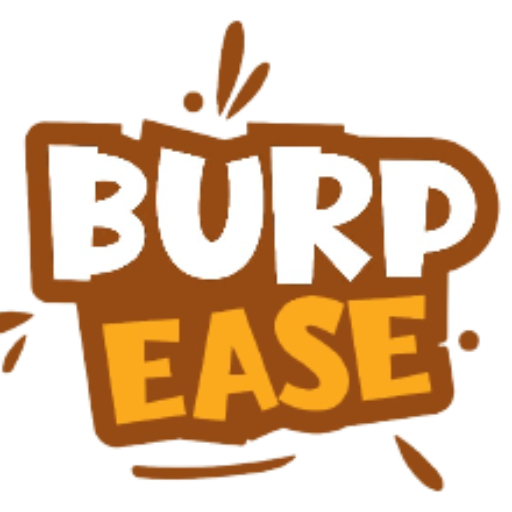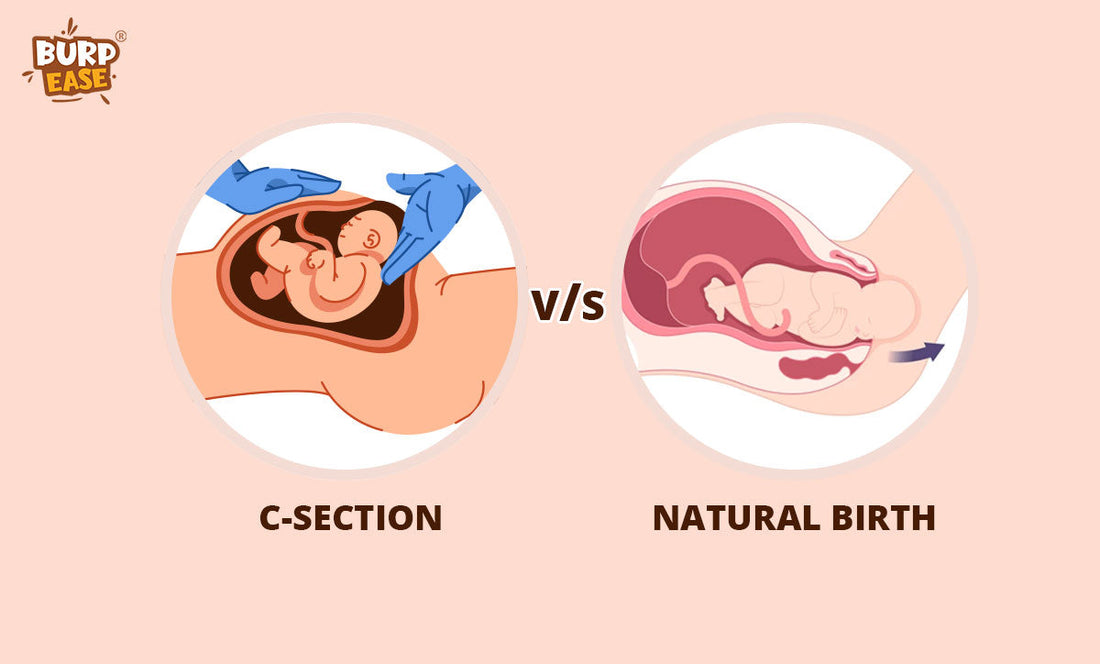We know you can’t wait to carry the baby growing inside your womb, finally into your arms… Amidst all the gushing thoughts and mood swings, the bliss of imagining their toothless smile remains the constant muse.
However, the choice of method for childbirth is still a matter of decision that needs to be made with a lot of considerations and scrutiny… To put you at ease we’re here to help you get off the fence and make the choice appropriate for you… Afterall, every mother has their own preferences…..
Signs you're labour ready
- The labour alarm first hits when the general colour and consistency of your vaginal discharge turns from regular to pinkish/reddish.
- You know you’re ready for labour when the mild abdominal pain starts accelerating slowly and won’t go away resulting into labour contractions.
- You’ll experience dilation of your cervix or vulva region.
- Your “water” may break or your amniotic fluids are gushing out signalling at the baby squeals are about to ring your ears in a few hours.
Did you know? Many mothers opt for hypnotism and hydra-birth (birthing in a tub of lukewarm water) in western countries as a method of painless natural parturition.
Cesarean Birth
In cesarean delivery or C-section, mother’s lower abdomen is surgically incisioned to get the baby out of the uterus. Things you need to know while choosing to go under a C-section:-
- C- section is suggested by doctors if they suspect any complications such as- prolonged labour or irregularities in the progress of labour, changes in baby’s heartbeat (baby in distress), if the baby’s feet or buttocks enters the birth canal first instead of their head, carrying more than one baby.
- During the labour it may happen so that the umbilical cords exits the cervix calling for immediate surgical intervention.
- A fibroid blocking the vaginal canal or other health issues in mothers such as hypertension or issues with brain condition.
- Cephalopelvic disproportion (CPD), a condition where body or head of the baby is too large to pass safely through your pelvis, calls for a C-section parturition.
- You will have to go for a C-section again if your previous childbirth was performed surgically.
- Risk of complications in future planned pregnancies.
- Anaesthesia will take away the labour pain.
- As compared to vaginal birth, C-section should be a safer option in case of above mentioned complicated conditions. However, incase of general and healthy pregnancies, vaginal birth is safer than C-section.
- You might experience pain and soreness in your lower belly and problems while changing postures, until the stitches heal. The post partum pain prevails for days and sometimes upto weeks, which is longer than vaginal birth and cannot be subdued with massages as it may pose risk to the stitches.
- The large line of stitches under your belly will take months to recover and might leave a scar.
- If the region of stitches are not sanitized regularly with proper care, risk for infections may develop. (Because the stitches have not healed yet, you can’t rub to clean the region.)
- There’s a risk of fetal injury and injuries to bowel and bladder.
- You experience a lot of blood loss while going through C-section excluding the blood loss during menstruation.
- Recovery may take longer time than vaginal birth.
- C-section mothers experience chronic pelvic pain.
- Cesarean babies sometimes have problems with breast-feeding and breathing.
- More expensive and longer hospital stay.
Natural Birth
Unlike C section, Here are a few things you must keep in mind while opting for natural method of birthing:-
- The mothers experience too much pain during labour. It’s of such high degrees of pain that it feels like fighting odds to bring your baby in this world.
- In order to smoothen the labour pain, mothers can opt for pain relievers such as epidurals or other prescribed narcotics, which when injected, creates a band of numbness or can lessen the pain from the belly button to the top of the legs. Generally, it should not affect the baby and might help with a little smoother delivery.
- However, there might be a few mild, temporary side effects or permanent if taken without proper prescriptions and tests.
- While going for a natural birthplan be flexible with changes in your plan.
- To opt for drug free pain- management, you can opt for positive visualisation, mindful distraction, aroma therapy, Guided breathing techniques, etc.
- Emotional support from your trusted member would be a very good idea.
- Mothers experiences sooner recovery within 3-3 weeks of postpartum, which is faster as compared to C-section delivery.
- Less expensive and shorter hospital stay.
- Although the pain of natural Birth can be too difficult to bear, the risk of further complications or any infections is minimised.
- Massages help a lot to recover from the preggy belly, the labour pains and body changes post labour.
Did you know? Many mothers opt for hypnotism and hydra-birth (birthing in a tub of lukewarm water) in western countries as a method of painless natural parturition.
Mothers often quote labour as pleasure in pain and an empowering feminine experience. However, before you finally go into the labour room let’s discuss a few do’s and don’ts of planning your child’s parturition.
- Do take follic acids from the very beginning of your early pregnancy days.
- Do not take Iron and calcium supplements in the first trimester as you may feel nauseatic and unable to digest it. Do take Iron, calcium and other multivitamins from second trimester till the end of pregnancies.
- Do maintain an appropriate balance between sleep and workout.
- Do take control of your heart rate, blood pressure, diabetes and blood sugar.
- Do not be negligent towards your heart health as it might lead to seizure due to hike in blood pressure or blood sugar.
- Do walk a lot… Practice squats and do household chores as you would normally for smooth labour.
- Do not take additives and substances such as drug or alcohol.
- Do not sit in a hot bath tub during the first trimester.
- Don’t drink a lot of caffeine.
- Don’t miss your gynaec appointment schedules. Do visit your gynaec regularly and keep a track of your fetal development regularly.
Did you know? Many people would advise you not to clean the cat’s litter box during pregnancies as you might contract the parasites posing a serious health hazard resulting in a seizure.
Forwarding our sincere thanks to Dr. Disha Sen for enlightening us with her experiences and insight. Thanking to all the mothers who shared with us their beautiful journey of pregnancy till parturition.
Feel free to share with us your experiences and what you would next like to read upon, via Email.



